AI Used in Road Maintenance: Transforming Infrastructure for the Future
The maintenance of roads is an important component of urban planning and infrastructural development. It may be a huge burden to maintain roads because of the inevitability of extremely high costs, unproductive weather conditions, and continuous flow of traffic. Enter AI used in road maintenance a revolutionary approach transforming how we manage road networks with increased efficiency, reduced costs, and enhanced safety. The power of AI is enabling governments and other organizations to resolve age old challenges with ease, thereby creating a new benchmark on sustainable infrastructural development.
In this article we will cover the ways in which ‘AI in Road Maintenance’ is turning the table, its applications, advantages, drawbacks and so on and so forth.
Why Should AI Used in Road Maintenance?
Maintenance on the roads is highly important in terms of public safety and economic growth and efficient people transportation. The traditional techniques are inspection through human eyeballs. These are highly time consuming, expensive, and are susceptible to many human mistakes. AI used in road upkeep relies upon data analytics, computer vision, and machine learning algorithms to make the tasks as automated as possible and thereby make them cost effective and ensure maximum precision.
Applications for Ai Used in Road Maintenance

Applications for Ai Used in Road Maintenance
AI used in road maintenance has multiple applications across the industry including.
| Application | Description |
| Finding Potholes | Potholes and cracks in the roadway can be detected by AI-enabled cameras and sensors which assist in fixing the required damages in the proper order. |
| Maintenance Prediction | Maintenance could be anticipated in terms of time and place through analyzing the historic data. Unexpected repair was avoided by analyzing historic data. |
| Weather Prediction | AI algorithms forecast weather patterns, aiding in planning for weather induced road deterioration. |
| Traffic Management | AI uses traffic data to optimize maintenance schedules, minimizing disruptions and congestion. |
| Automated Inspection | Drones and computer vision enable AI to inspect and assess road conditions without human intervention. |
| Resource A1`llocation | AI can analyze repair requirements and budget constraints to allocate resources efficiently. |
These programs, especially, highlight the power of artificial intelligence in executing dull and data-intensive work, tasks that could quickly bore and exhaust individuals if done on their own.
Key Technologies behind AI Used in Road Maintenance
The foundation of AI used in road Repair lies in several key technologies.
Machine Learning (ML)
Machine Learning algorithms can examine past data and establish future road repair expectations.
Image Analysis
Computer Vision technologies assign images and footage to spot roadway defects including cracks and potholes.
Internet of Things (IOT)
Sensors with an IOT capability collects data on the state of the road, climatic conditions and on the density of vehicles all at the same time and feeds to AIs.
Natural Language Processing (NLP)
With the help of NLP it is possible to study reports and documents and look for trends in the maintenance of the systems.
Drones and Robotics
Drones equipped with cameras can inspect roads and perform self-driving minor repairs.
So, each one of these technologies comes handy, allowing the complete leverage of AI in road upkeep while creating an ecosystem consisting of data, analytics, and automation to improve infrastructure management.
Case Studies
1: Pothole Detection in the UK
The UK has also adopted fitting public buses in its cities with AI enabled cameras and sensors. The computer vision scans road surfaces in real time, detects potholes, and registers them for maintenance crews to address. This has dramatically reduced the accidents as well as maintenance costs regarding the potholes by up to 30%.
2: Predictive Maintenance in Japan
The road upkeep teams in Japan have now integrated AI-based predictive analytics into their routine upkeep activities. AI algorithms will analyze historical road data and traffic patterns to predict which roads are likely to require repair, optimizing resources and avoiding downtime.
Advantages and Disadvantages of Artificial Intelligence in Road Maintenance
Although AI used in road upkeep has several advantages, there are also certain disadvantages.
Advantages
- Efficiency: AI will automate repetitive tasks, reducing the time and resources used.
- Higher accuracy: Machine learning algorithms are more accurate in their assessment and reduce human error.
- Cost Savings: Predictive maintenance prevents costly repairs and increases road lifespan.
- Safety Improvements: AI-based maintenance reduces road hazards and improves overall safety.
Disadvantages
- High Initial Cost: Implementing AI systems can be expensive initially.
- Data privacy concerns: Using AI for data collection and processing will raise privacy concerns.
- Ability Requirements: Professional experience in training and implementing AI technologies to obtain their use and deployment.
- Dependency on Quality of Input Data: AI works primarily on the basis of sound and comprehensive data.
AI used in road maintenance has numerous benefits attached to long term planning with regard to cost saving and high efficiency but requires managing resources and skilled labor well with appropriate data.
Challenges of Using AI in Road Maintenance
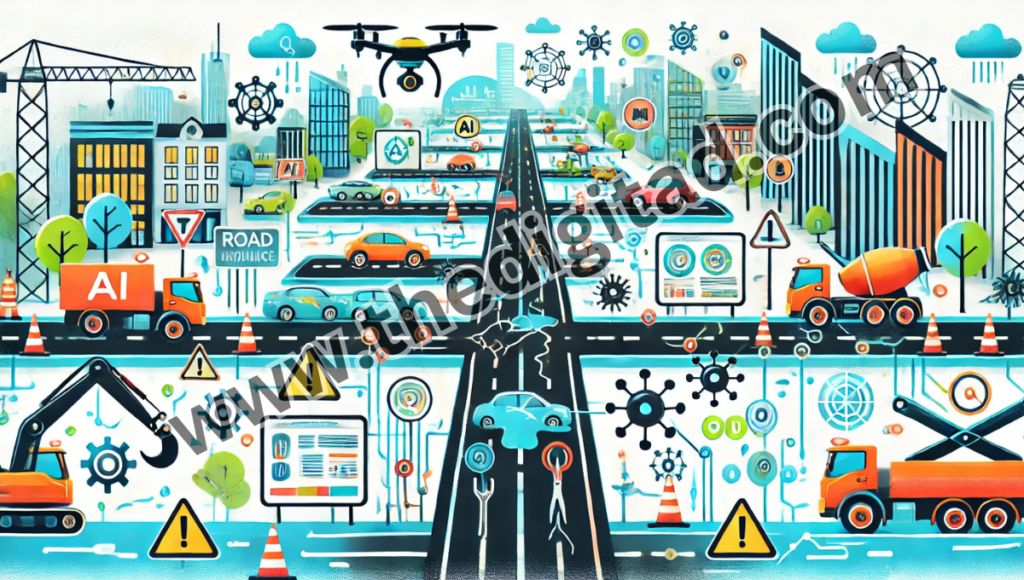
Despite its benefits, there are several obstacles to implementing AI used in road upkeep.
- Problems with Data Collection: For AI to work well, a lot of data is needed. Road and traffic information may be present in some parts.
- Budget: Inevitably requires an investment for the initial setup. There are also developing areas which have not much budget for their country.
- Technical Expertise: It will need really qualified personnel to implement and maintain AI systems, who are difficult to come by.
- Infrastructure Limitations: Some road networks lack the infrastructure to allow for IOT sensors and this limits the effectiveness of AI.
These challenges emphasize the need for a well-planned approach to adopting AI used in road maintenance, considering budget, expertise, and infrastructure.
Future of Artificial Intelligence in Road Maintenance
The future of AI used in road maintenance holds immense potential. AI will actively monitor in real-time, autonomously repair, and perform preventive maintenance by leveraging advancements in autonomous vehicles, IOT, and robotics. Cities may have totally automated systems that can evaluate, report, and even self-repair minor road damages autonomously, thereby making roads safer and more durable. Smart cities will use AI, making road maintenance integrated with planning urban life and ensuring less destructive repairs in roads for optimum flow of traffic.
FAQ
Q1: How is AI used in road maintenance?
AI is used in road maintenance to detect road defects, predict maintenance needs, manage traffic, and allocate resources efficiently. Technologies like machine learning and computer vision enable automated assessments, making the maintenance process more efficient and accurate.
Q2: How does utilizing AI for road maintenance benefit roads?
AI in road maintenance provides accuracy, cost savings, safety, and data-driven insights. Predictive maintenance using AI helps to avoid costly repairs and extends the life of the road by reducing downtime.
Q3: While using AI in road maintenance, what challenges may we face?
This comes with several challenges such as the high cost of establishing an AI system, violation of data privacy, requirements for technical skills, and good quality data. Additionally, setting up an AI system also needs adequate infrastructure, which may have limitations in most areas.
Q4: Is AI capable of substituting traditional road maintenance?
AI can supplement traditional methods, but it is unlikely to replace them completely because high setup costs, dependency on quality data, and technical requirements make it impossible. AI complements traditional processes, and the processes become more efficient and less labor intensive.
Q5: What are the future prospects of AI in road maintenance?
The future of AI in road maintenance will be in autonomous monitoring, real time assessment, and smart city integration. AI will most likely advance predictive and preventive maintenance to a new level, making roads safer and more durable.
Conclusion
AI used in road maintenance is that game changer for the infrastructural sector. AI assesses automatically, predicts, and manages resources to build a smarter, more efficient process for maintaining road networks. Though there are challenges within it, but the bright future promises a robust technologically advanced framework that offers safe and sustainable roads.
Read more Article About AI & ML and other Categories at The Digit Ad


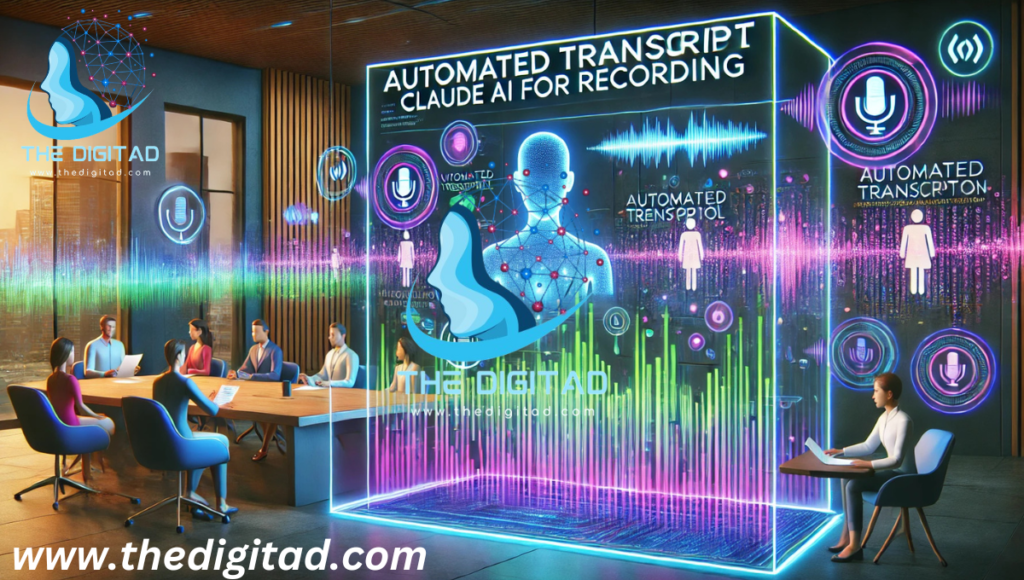

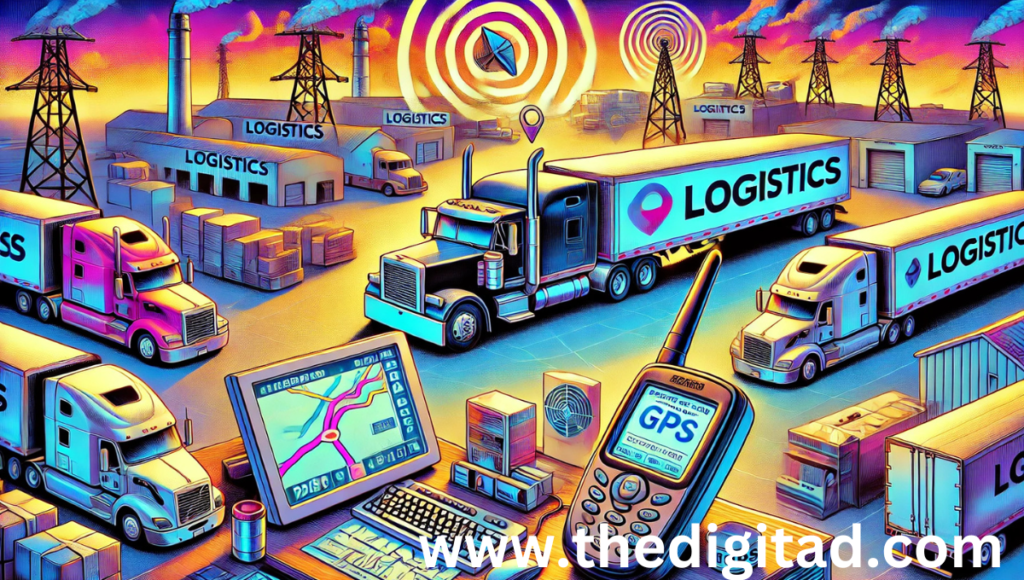

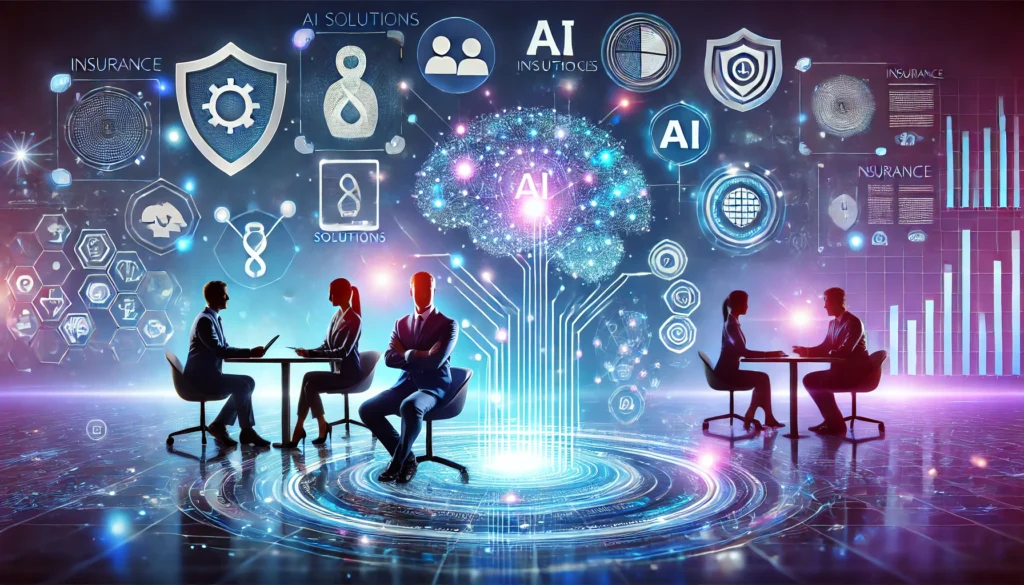
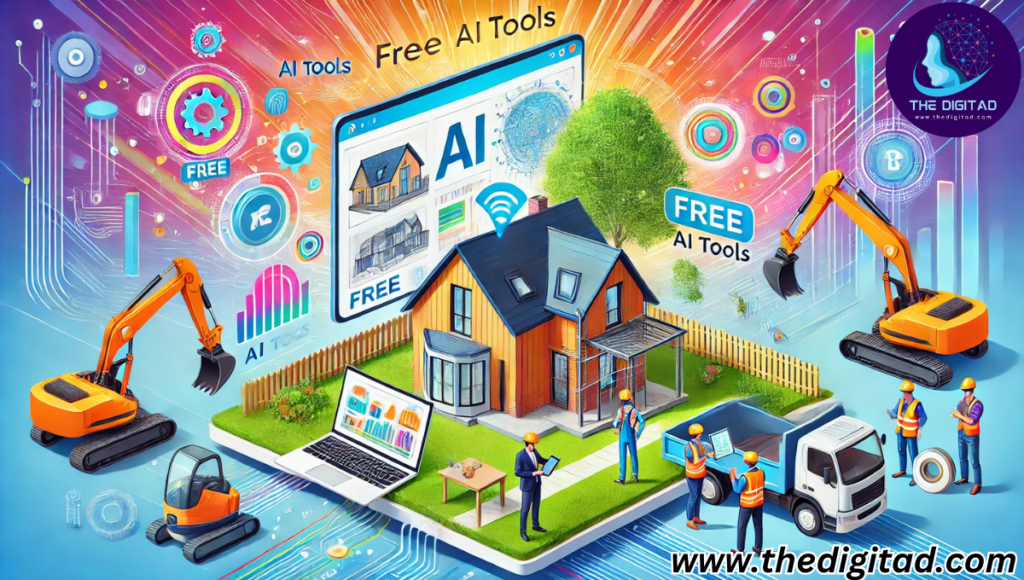
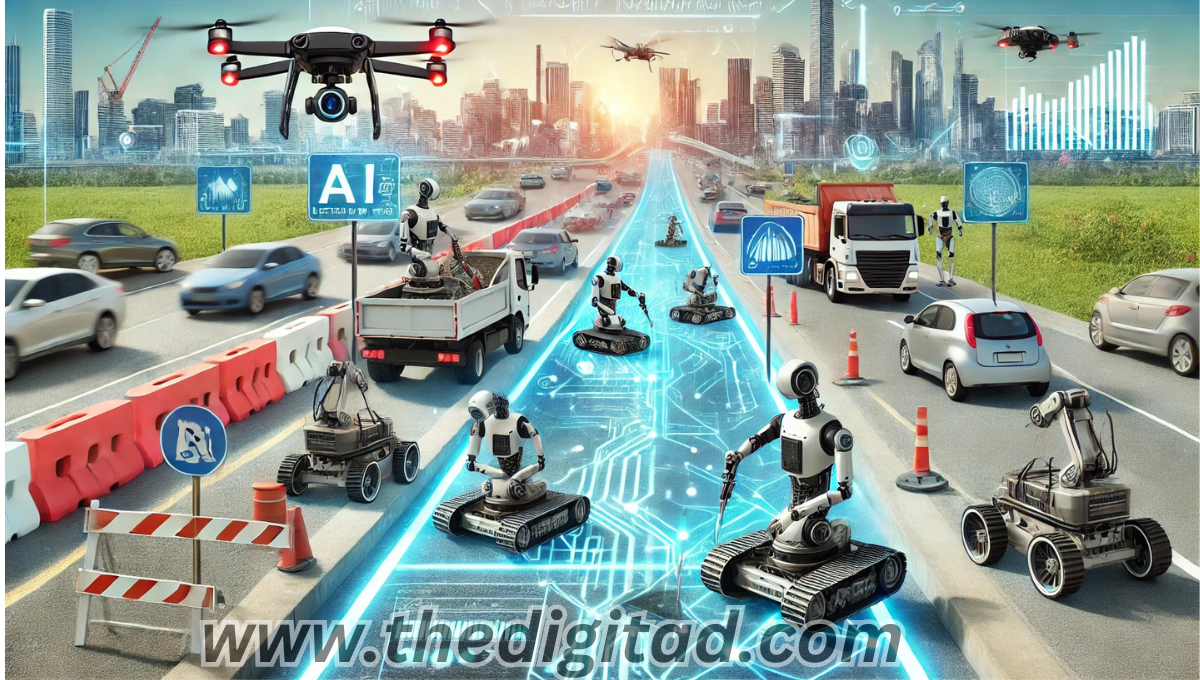
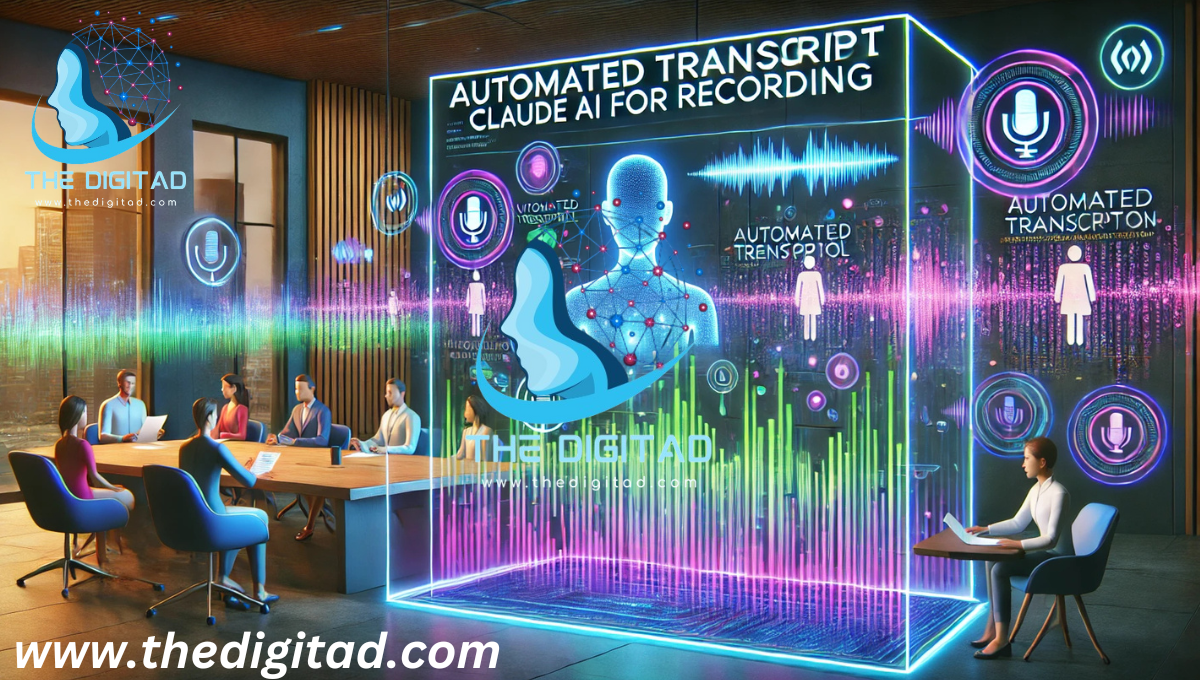
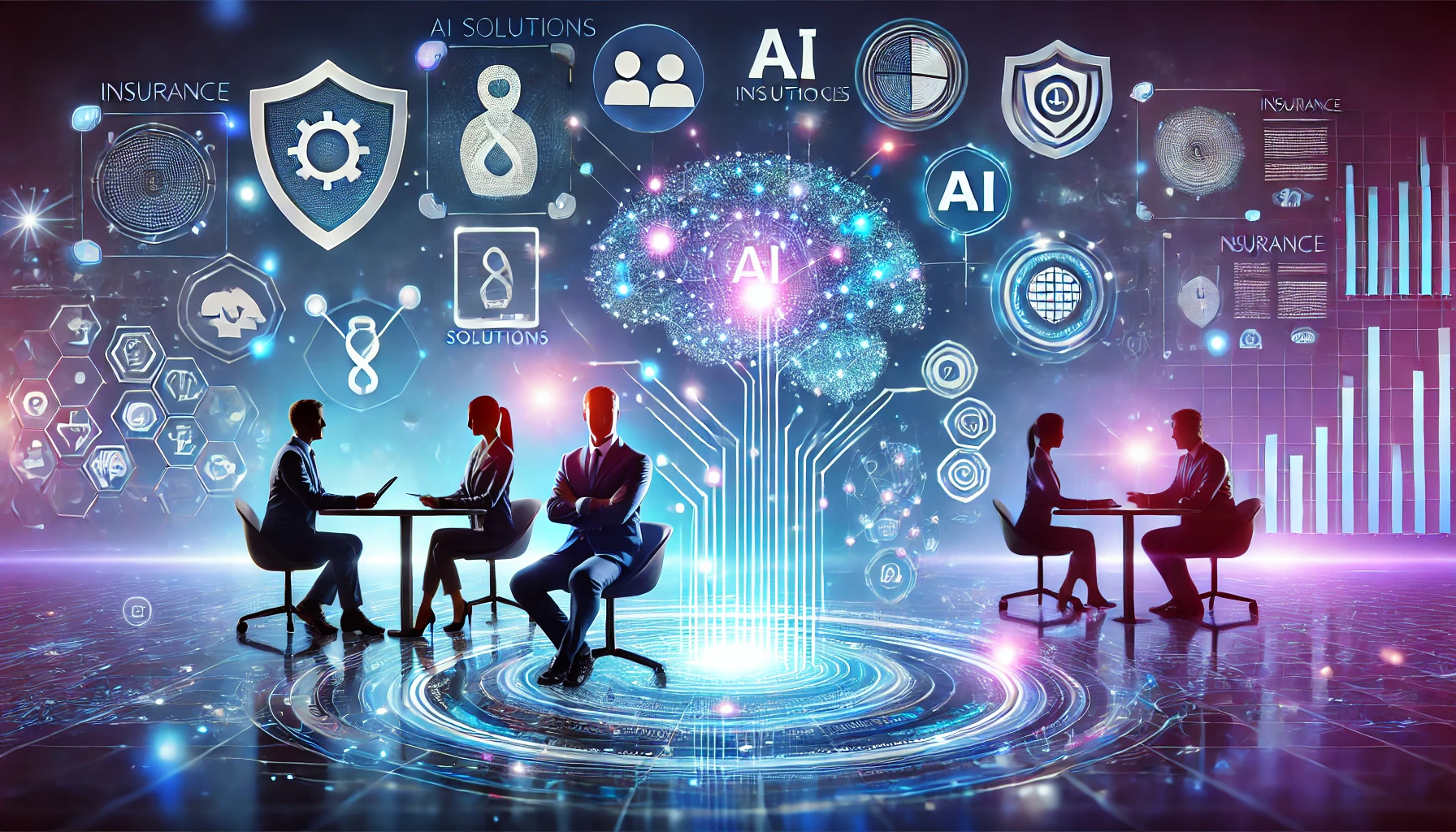








Post Comment